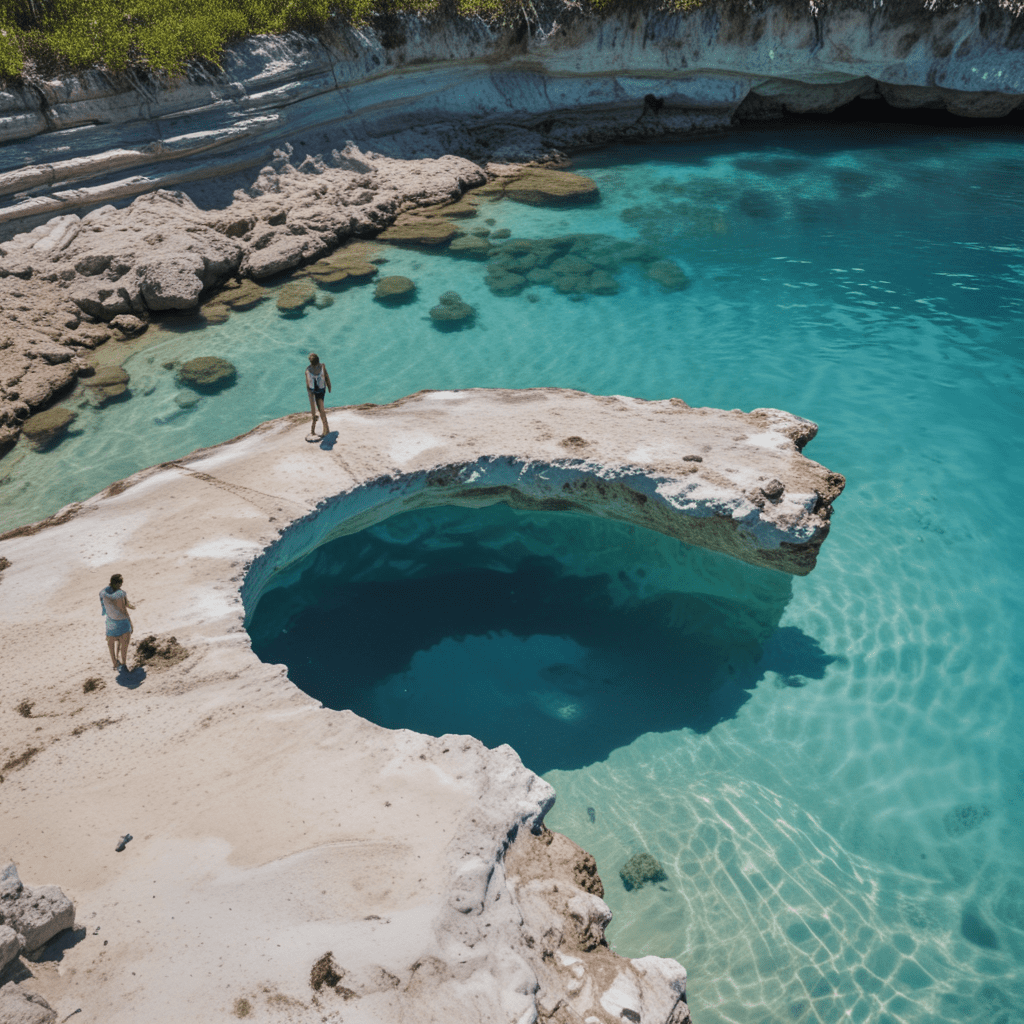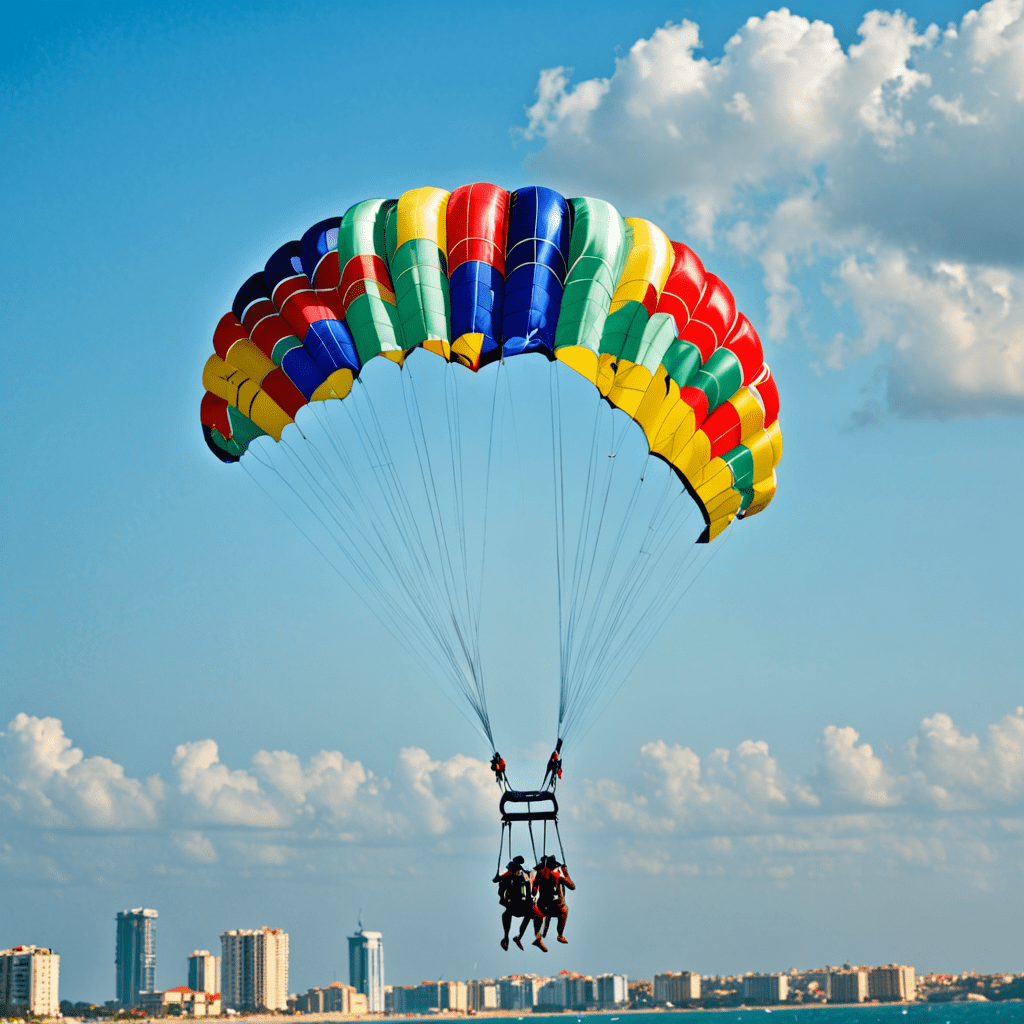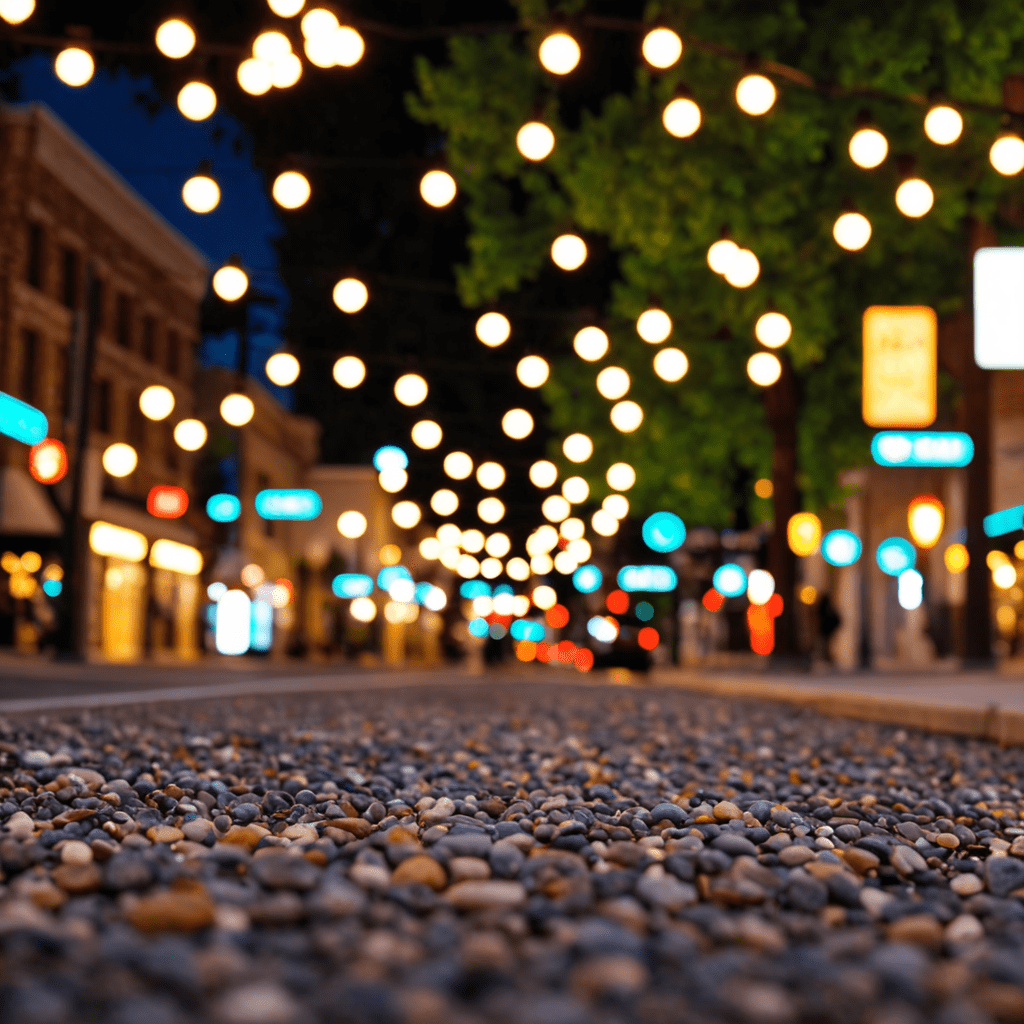
Discovering the Dean’s Blue Hole in the Bahamas
1. Introduction
Prepare to be awestruck by Dean's Blue Hole, a renowned underwater wonder located in the breathtaking archipelago of the Bahamas. This natural marvel captivates divers, freedivers, and marine enthusiasts from around the globe. As we delve into the depths of this extraordinary formation, we'll uncover its intriguing geological origins, remarkable dimensions, and its vibrant marine ecosystem.
2. Location of the Dean's Blue Hole
Nestled in the crystalline waters of Long Island, the Dean's Blue Hole is a short boat ride from Clarence Town, the island's main settlement. Its remote location, away from the bustling tourist centers, adds to its allure, offering a tranquil haven for adventure seekers. The journey to the Blue Hole is as captivating as the destination itself, with panoramic views of Long Island's unspoiled coastline and cerulean seas.
3. Formation of the Dean's Blue Hole
The Dean's Blue Hole is a testament to the power of nature's transformative forces. Millions of years ago, this area was a vast limestone cave system. Over time, the rising sea levels inundated the caves, leaving behind a vertical shaft that descends into the depths. The collapse of the cave's roof created the iconic circular opening that we see today.
4. Depth and Dimensions of the Hole
Dean's Blue Hole boasts an awe-inspiring depth of 202 meters (663 feet), making it one of the deepest blue holes in the world. Its immense size allows freedivers to plunge to record-breaking depths, while scuba divers can explore its hidden caverns and swim alongside diverse marine life. The hole's diameter measures approximately 100 meters (328 feet), providing ample space for divers to navigate and marvel at its underwater wonders.
5. Visibility and Water Conditions
The waters of Dean's Blue Hole are renowned for their exceptional clarity, with visibility often exceeding 30 meters (98 feet). This pristine environment allows divers to fully appreciate the vibrant coral reefs, diverse marine life, and the intricate underwater formations found within the hole. The water temperature remains relatively constant throughout the year, making it an ideal destination for diving and freediving enthusiasts.
6. Cave Exploration within the Hole
Beyond the open depths of the Dean's Blue Hole lies a labyrinth of submerged caves, inviting intrepid divers to venture into their enigmatic depths. These caves offer an entirely different diving experience, with narrow passages, shimmering stalactites, and hidden chambers to explore. Divers must possess advanced technical diving skills and specialized cave diving equipment to safely navigate these underwater mazes.
7. Marine Life and Biodiversity
The Dean's Blue Hole is a thriving hub for marine biodiversity, supporting a vast array of tropical fish species, invertebrates, and marine mammals. Divers can encounter playful dolphins, graceful rays, and a kaleidoscope of colorful reef fish. The walls of the Blue Hole are adorned with vibrant coral formations, providing shelter and nourishment for countless marine organisms. The hole's depth and unique ecosystem make it an essential habitat for both common and rare species.
8. Scientific Research at Dean's Blue Hole
Beyond its recreational appeal, Dean's Blue Hole serves as a vital site for scientific research. Researchers and scientists from various disciplines converge at the Blue Hole to study its geological formations, marine ecosystem, and underwater acoustics. The hole's exceptional depth and clarity make it an ideal location for testing and developing advanced diving technologies, contributing to the advancement of the diving field.
9. Recreational Activities: Diving and Freediving
Dean's Blue Hole is a diving paradise, attracting both recreational divers and professional freedivers from across the globe. Recreational divers can explore the shallower sections of the hole, admiring the coral formations and abundant marine life. For freedivers, the Blue Hole presents an unparalleled challenge, with record-breaking dives taking place in its depths. The exceptional visibility and water conditions allow freedivers to showcase their skills and push the limits of human endurance.
10. Conservation and Preservation of the Dean's Blue Hole
To ensure the long-term preservation of this natural wonder, stringent conservation measures are in place. Limited access and responsible diving practices are enforced to minimize the impact of human activity on the fragile ecosystem within the hole. Sustainable tourism initiatives are also prioritized, promoting eco-friendly practices and educating visitors about the importance of safeguarding this unique marine environment.
Frequently Asked Questions:
Q: What is the best time to visit Dean's Blue Hole?
A: The best diving conditions occur from May to September when the water is warmest and visibility is at its peak.
Q: Is it safe to dive in Dean's Blue Hole?
A: Yes, diving in the Blue Hole is generally safe when done with proper training, equipment, and guidance from experienced dive operators.
Q: Can non-divers visit Dean's Blue Hole?
A: Yes, non-divers can take guided boat trips to witness the Blue Hole from above the surface and admire its grandeur.


